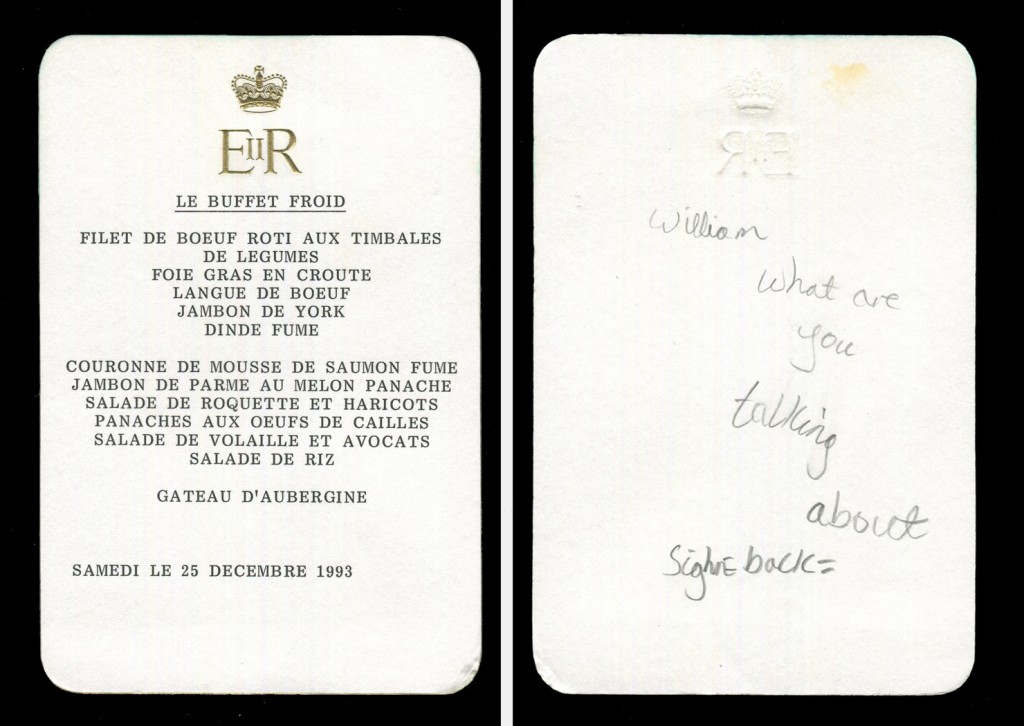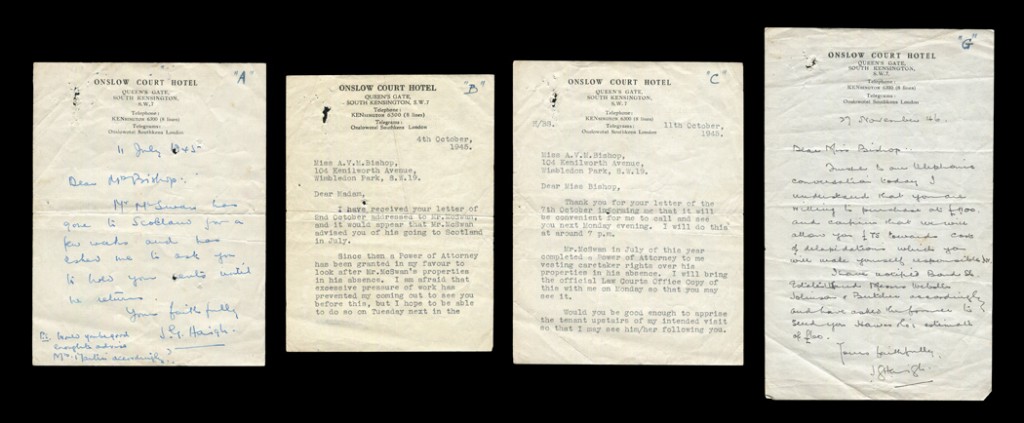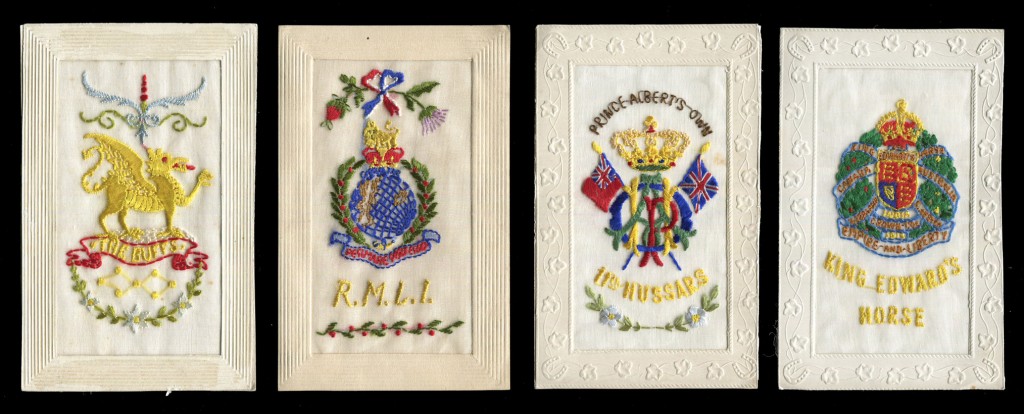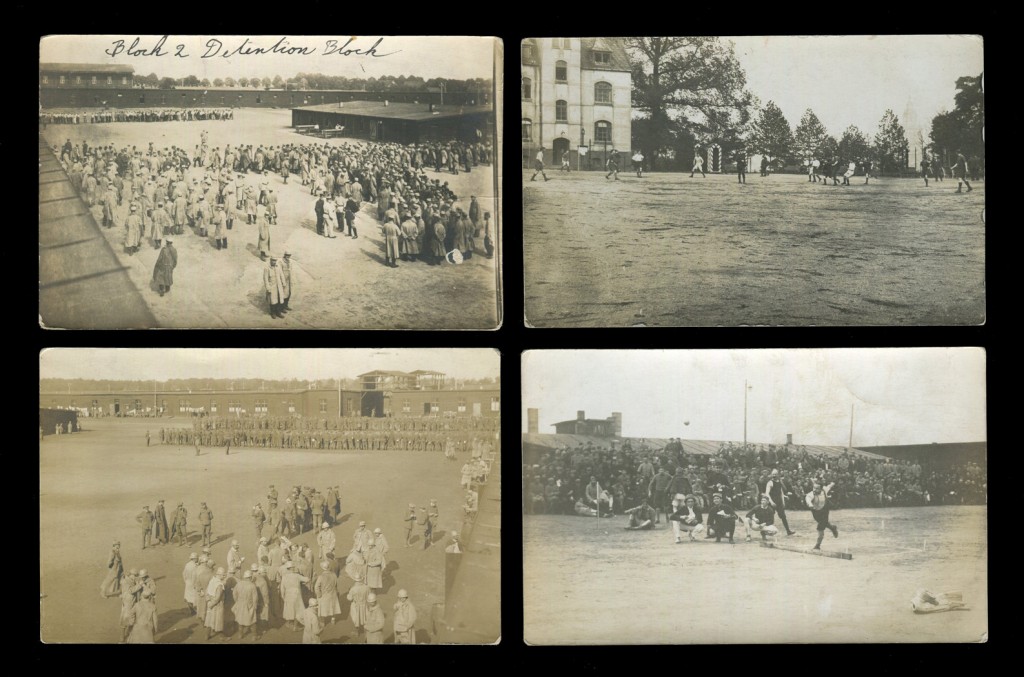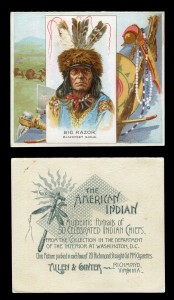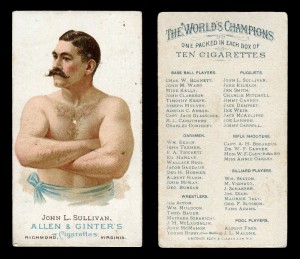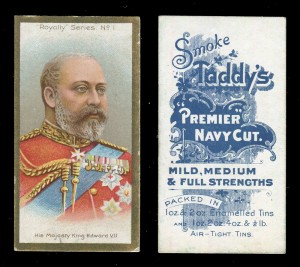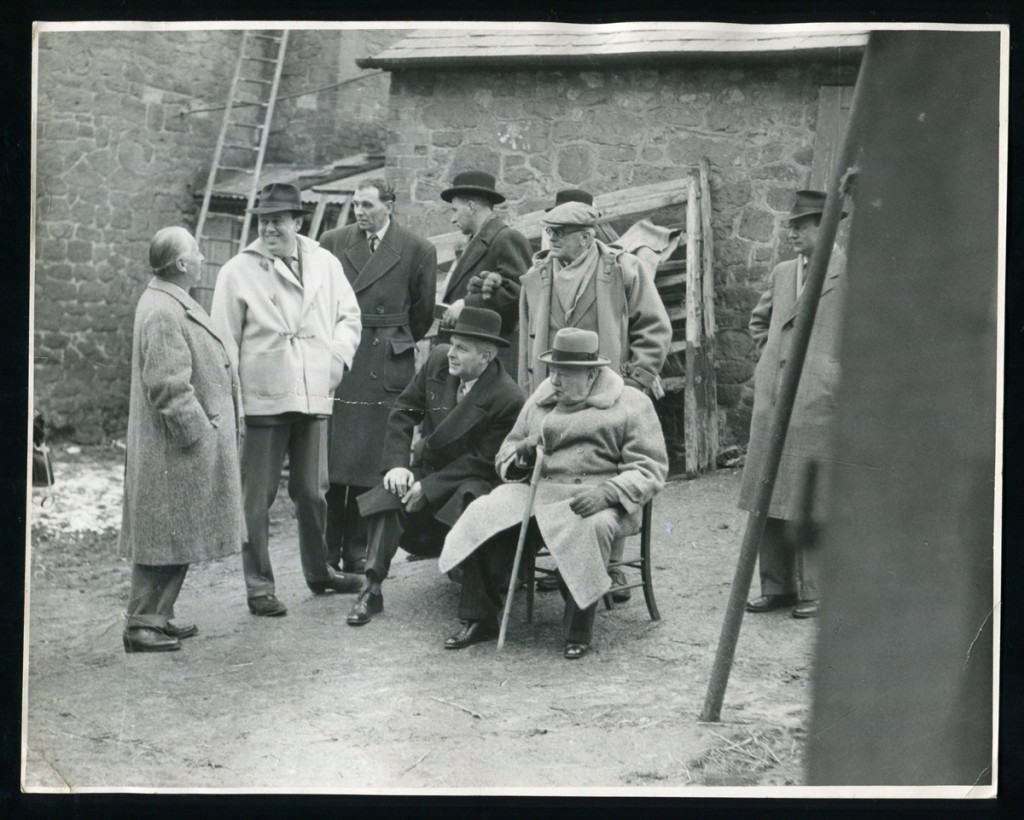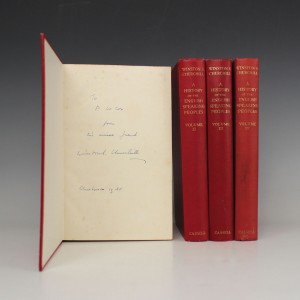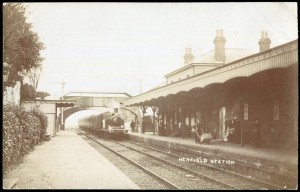
Toovey’s auction of Paper Collectables on 12th August included 146 lots of postcards. With only three lots failing to sell, there is no shortage of talking points:
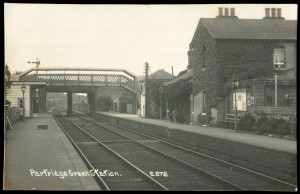
Private collectors went loco for a small group of individual postcards of Sussex railway platforms. No less than four successful collectors express-ed an interest, each chuffed with their purchases, once again proving the Sussex postcard market is far from station-ary! Bad puns aside, £120 was paid for an RP of ‘Henfield Station’ with a steam engine entering the now-vanished station. The exact same view with small loss to one corner only made £30, reinforcing the difference condition makes to the private collector. RP views of ‘Partridge Green Station’, ‘The Station, Southwater’ and a different view of ‘Henfield Railway Station’ each sold for £110.
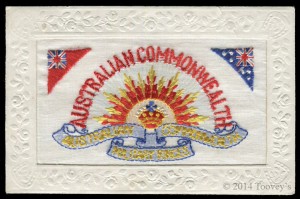
Topographical postcards were popular throughout the auction but Sussex views continued to steal the headlines. An RP titled ‘Sussex Pruning Camp’, offered with a similar RP, sold for £95. A group of 4 postcards of Partridge Green, including a scarce RP of ‘Jolesfield Windmill’, achieved £140. A similar group of 13 postcards of nearby Cowfold and Shermanbury realised £240 and 31 postcards of Henfield sold for £420. All of these lots went to private collectors.
Outside of the Sussex scene, notable prices included 8 postcards of Barnes and Isleworth, which topped £120. An album of 52 postcards of the Channel Islands, predominantly Jersey, went at £320. A group of 160 of Middlesex reached £340 and £20 was paid for a slightly faded RP of ‘Finchley Rd Station’. A private collection of postcards published by LL performed well too, including a 286-postcard collection of London, which sold for £480.
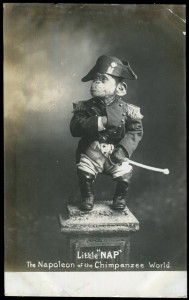
Topography was not the only area of interest. Leading the fray at £1500 was an album of 74 postcards, including a brilliant selection of regimental embroidered silks, which went to an internet bidder despite the busy room. One of the surprising results of the sale came in the form of a single RP of ‘Little Nap’, a chimpanzee dressed-up as Napoleon, which, after a battle between a private collector and the internet, sold for £60 in the room.
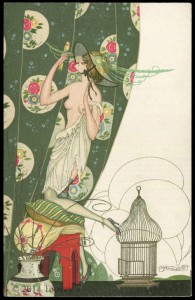
A good selection of Art Nouveau, Art Deco and glamour postcards also attracted serious interest and stiff competition among bidders. A group of 6 Art Nouveau colour postcards by Umberto Brunelleschi was hotly contested, largely due to their great condition, selling at £380, just over £60 per postcard and nearly double their mid pre-sale estimate. 4 Italian Art Deco postcards by M. Montedoro achieved £130 and 9 postcards by Raphael Kirchner realised £160.
Arguably among the scarcest of postcards included in the auction was a large group of composite puzzle postcards, divided into 11 lots. Highlights included a set of 4 colour printed postcards titled ‘Fridtjof Nansen Nord Polar-Expedition’, which sold to a collector at £130, and a set of 6 French hand-coloured postcards of Barnum Circus, which went for £140. To view all the previous sale results click here.
Toovey’s next auction of Paper Collectables, including postcards, stamps, cigarette cards, photographs, autographs and ephemera, will be held on 4th November 2014. Whilst this auction has now deadlined, four have been scheduled for 2015 due to the popularity of the Paper Collectable auctions at Toovey’s. Contact us to discuss your postcard collection for one of our future specialist sales.
By Nicholas Toovey, a member of the Postcard Traders Association. Originally published as a Sale Report in Picture Postcard Monthly October 2014 issue.
